Average hiking speed: how to calculate it and why it’s useful
Knowing your average hiking speed is useful: our experts reveal how to calculate it using Naismith’s Rule and other methods
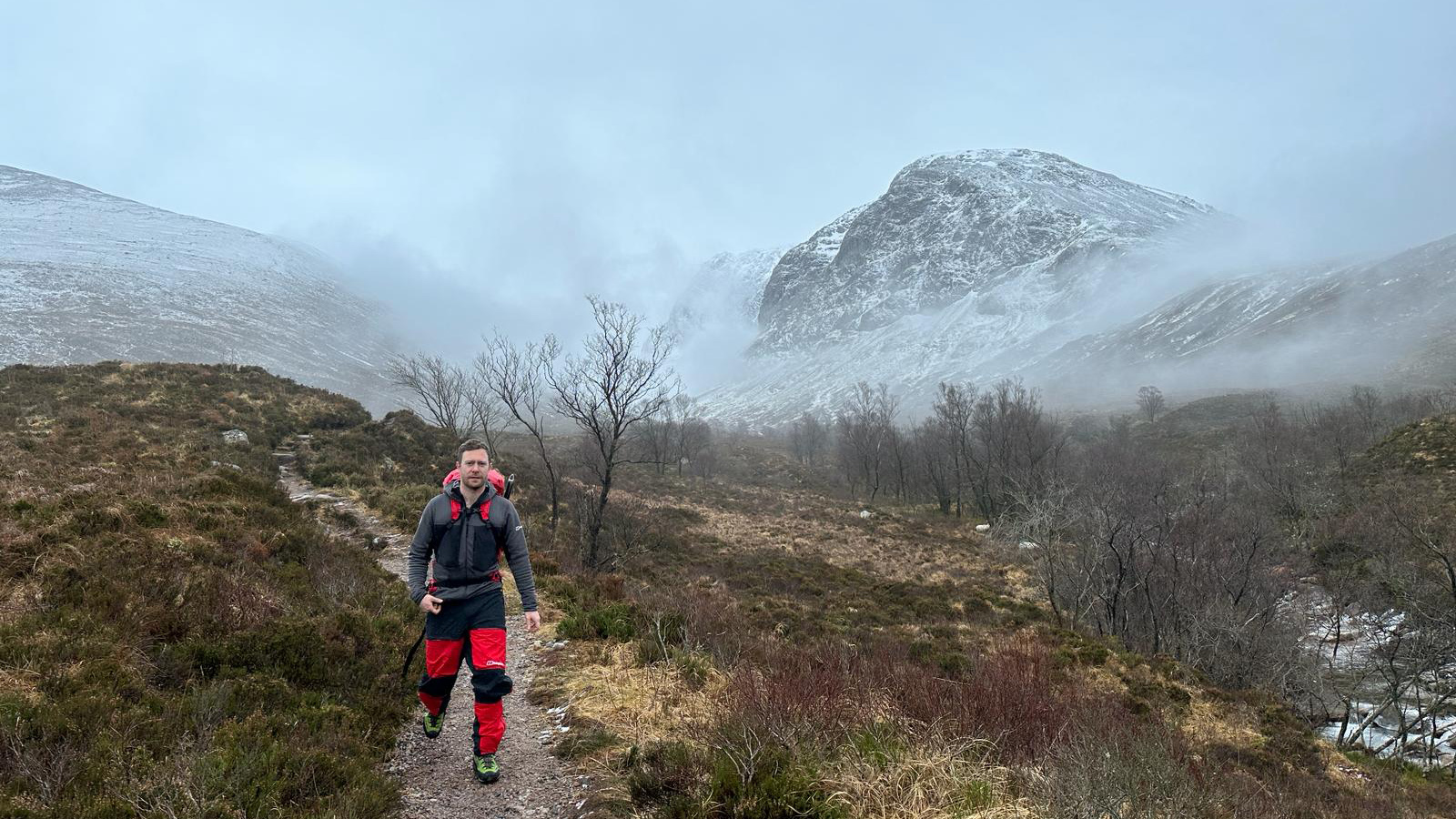
Everyone walks at a different pace and knowing your own average hiking speed is pretty much the foundation of your navigation. It allows you to estimate how long it might take you to reach a certain objective, while you can use this estimate to catch yourself if you get your nav wrong and too much time has elapsed without arriving at where you thought you'd be. When you put it all together, it helps you to plan the overall timings of your outing.
Yes, knowing your – or your group's – average hiking speed is critical to ensuring things go as smoothly as possible. There are various ways in which you can measure your average hiking speed, and many reasons why learning to do so is well worth ten minutes of your time. This is why our experts are here to reveal all...
What is generally the average hiking speed?
In a few words, your average hiking speed is the median pace at which you walk in a certain time frame. According to Ramblers, the average walking speed for adult hikers is 2.5 miles per hour, without accounting for stops.
Other sources, however, quote speeds ranging from 1.5 miles per hour to a sprightly 3.5 miles per hour. The take-home from this disparity is that average hiking speed is entirely subjective – that is, it varies significantly from person to person. Then, of course, there are other variables, such as the weight of your hiking boots, terrain your crossing and the gradients you're tackling to consider, which we'll come to in a mo.
Importantly, the main benefit of knowing your average hiking speed has nothing to do with how you measure up to your peers in the hiking community, but is more about safety and practical route planning, as explained below.
Meet the experts
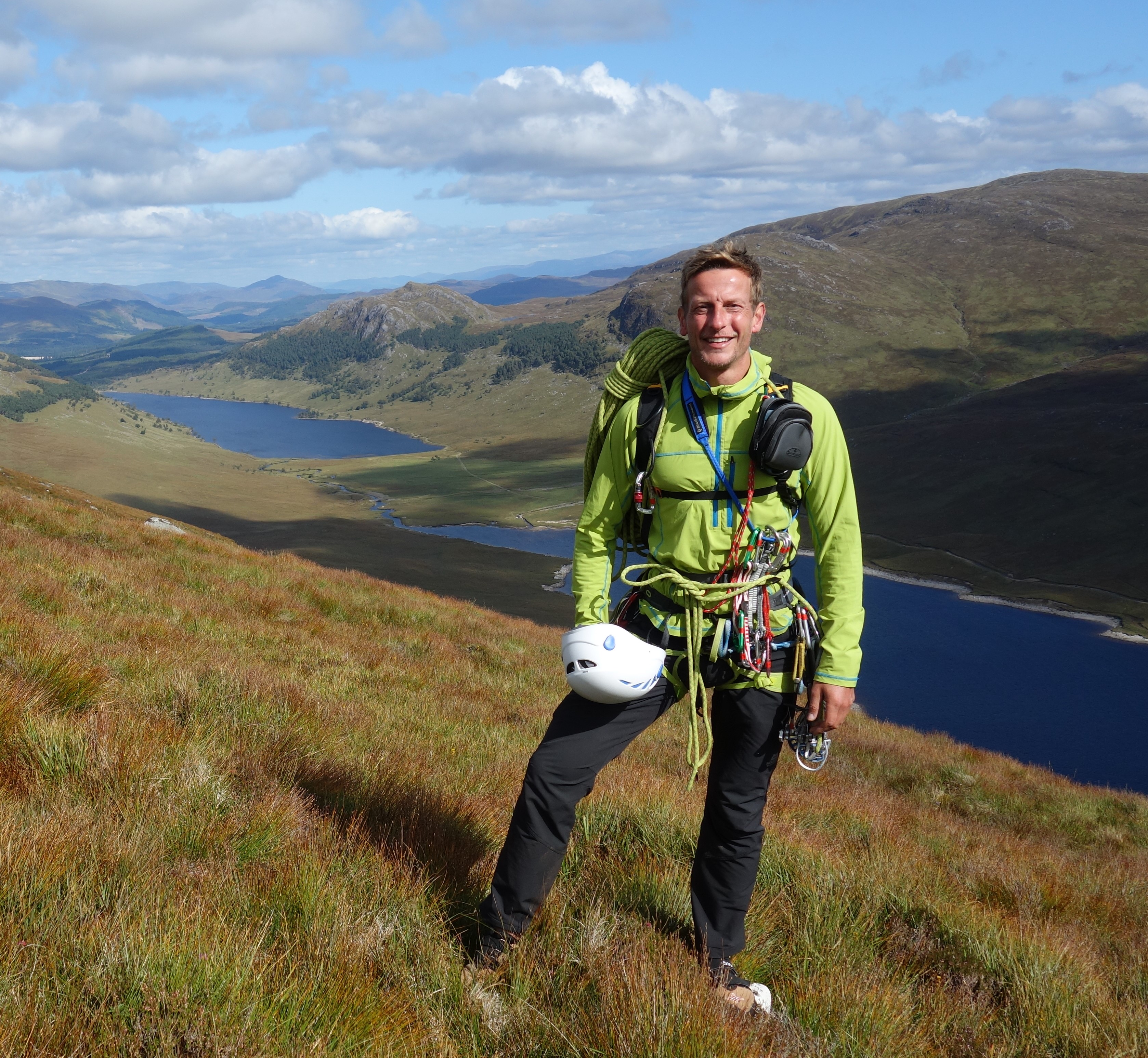
Our former esteemed editor, Kieran is a passionate rock climber and mountaineer. He's enjoyed many mountain adventures, from the Himalayas to the Italian Alps and he now lives in Scotland. He's an expert when it comes to outdoor skills.
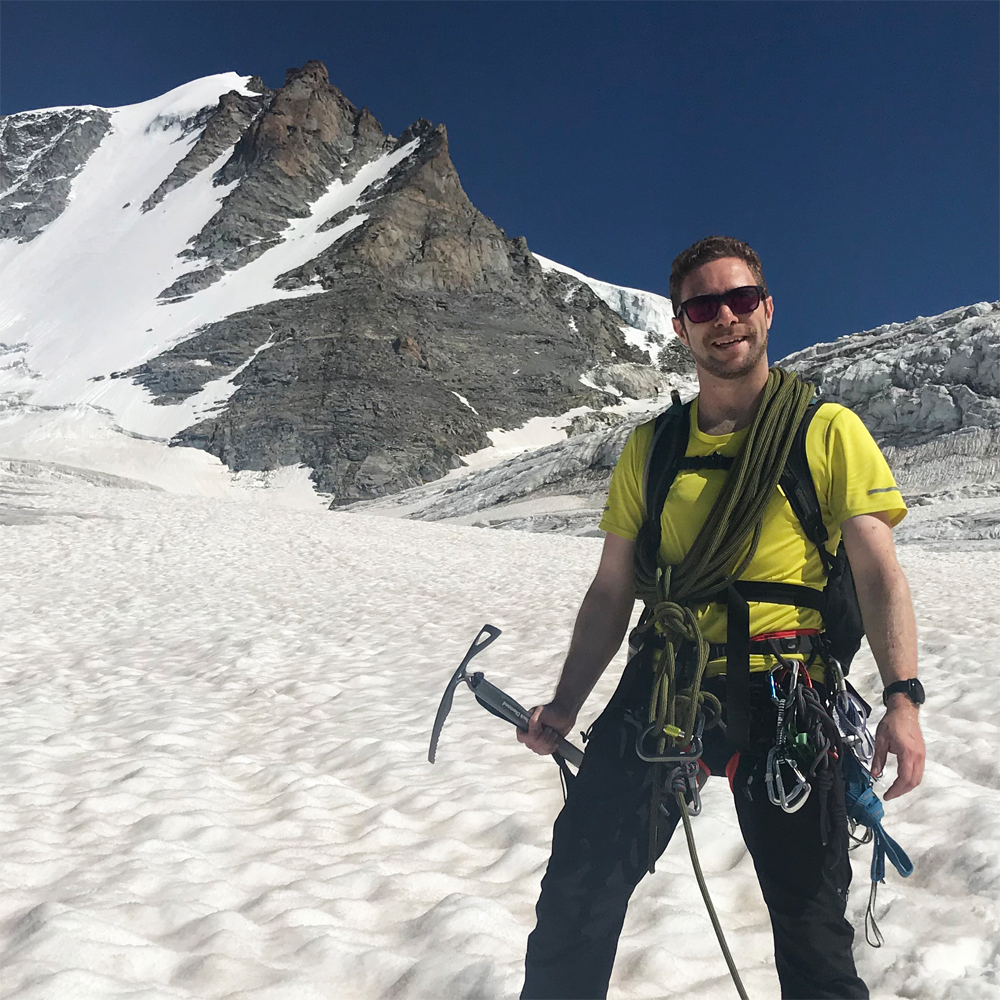
Alex is a Mountain Leader and former President of the London Mountaineering Club. He's passionate about hiking and mountaineering and is an advocate of using a blend of traditional navigation methods with modern GPS tools.
Today's best deals
Why knowing your average hiking speed matters
There are several reasons why knowing your average hiking speed is useful. Below, we’ve listed the most important:
- It lets you estimate trip times when planning a hike, which helps avoid biting off more than you can chew – which could lead to a whole host of problems, including benightment, exhaustion, getting caught in afternoon thunderstorms, or invoking the wrath of your partner/spouse/parent by not making it home in time for dinner.
- You’ll be able to give your partner and/or family an ETA for your return (and they’ll be able to send out a search party if you’ve very late!)
- On thru-hikes (what is thru-hiking?), it allows you to identify suitable stopover locations, food drops, and campsites, and prepare in advance.
- It allows you to estimate how long it will take to reach a certain objective, which can be very useful when navigating in poor visibility. Arriving at an expected feature and on time provides confidence that you're where you expect to be. Meanwhile if too much time elapses and you still haven't arrived where you thought you would, you've probably gone wrong. Don't panic! You can use your timings to retrace your steps, returning to a known point on the map. Once you're really well practiced, you'll be able to use the knowledge of your speed and your other nav skills to have a solid handle on exactly where you are on a map at any given moment, even without using GPS.
- Knowing your baseline lets you set targets for improvement (if you so desire!).

How to manually calculate average hiking speed
- Measure out a 100-meter stretch of relatively flat trail (you can do this using a detailed map, phone app, or a measuring wheel)
- Walk the section of trail you’ve measured three times, timing yourself as you go
- Add your three times together and divide the total by three (e.g., 58 seconds plus 56 seconds plus 60 seconds = 174 seconds; 174÷3 = 58 seconds)
- Multiply your average hiking speed for that 100-meter stretch by 10 and you know how long it takes you to walk one kilometer on flat ground
- Repeat the above on trails with inclines of roughly 5 degrees and 12 degrees (using this inclinometer app) to gauge how much your pace slows on steeper terrain
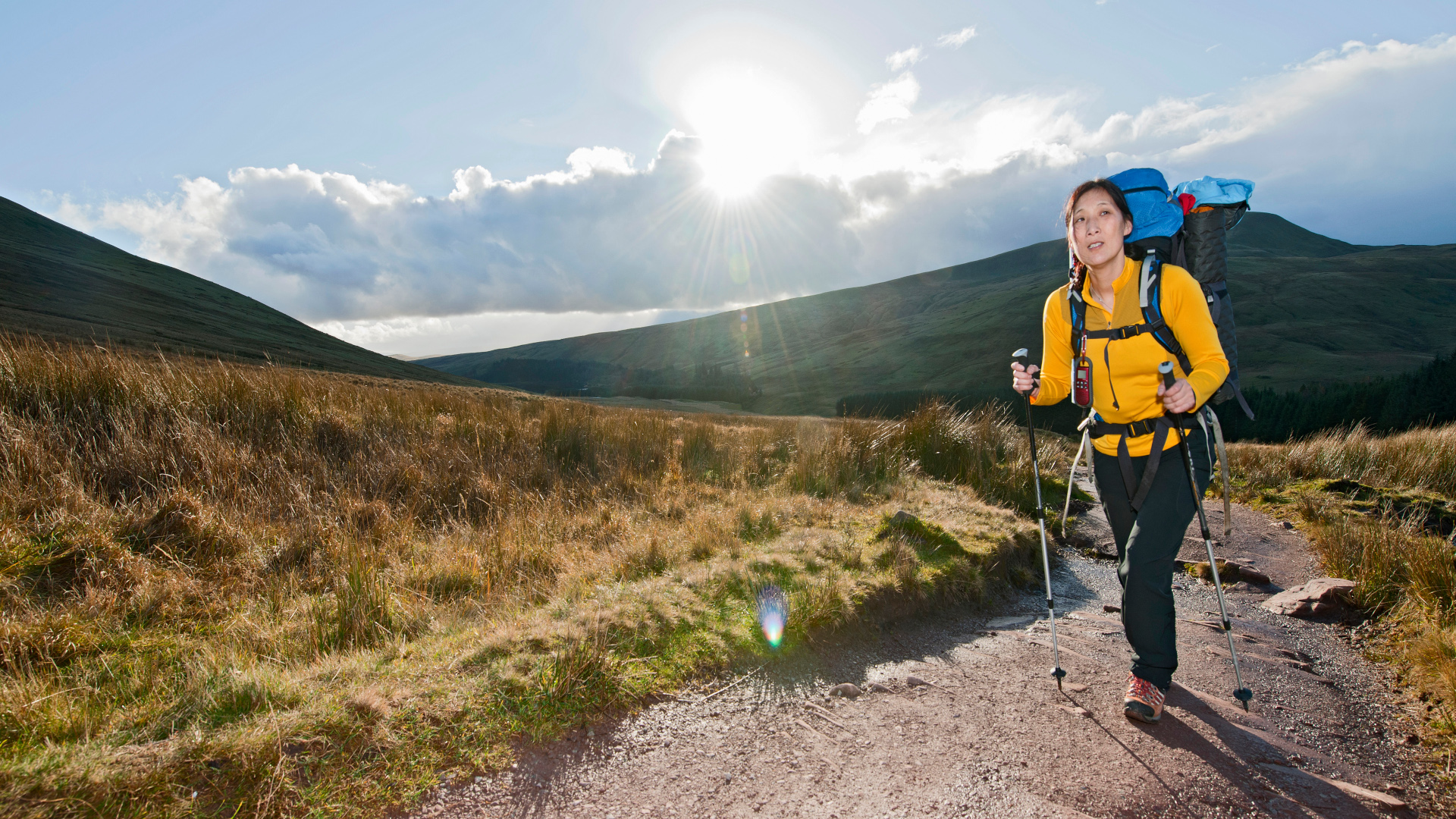
How to use Naismith's Rule
By far the simplest method to estimate trip times before you get around to measuring your own personal hiking speed manually is using Naismith’s Rule. This rule of thumb (rather than hard and fast “rule”) was introduced by Scottish mountaineer William W. Naismith in 1892 and offers a handy way of estimating how long it will take you to travel between two points whilst also accounting for elevation gain.
Advnture Newsletter
All the latest inspiration, tips and guides to help you plan your next Advnture!
Naismith Rule states that it should take an adult hiker one hour to hike three miles on relatively flat ground, with an additional half added for every 1,000 feet of elevation gain (300m).
So, if your trail is 12 miles long with a 2,000 ft ascent, completing it should take you five hours (four for the distance plus one for the ascent) without any stops.
While Naismith’s rule is useful for gauging rough timings, it does fail to account for the severity of the incline you’re hiking on. His compatriot, Eric Langmuir, later attempted to rectify this oversight by suggesting we base our estimates on a friendlier and more reasonable basic speed of 2.5 mph and also add 10 minutes for every 300 meters of ascent on steeper inclines (over 12°) and subtract 10 minutes for every 300m of elevation lost on descents with gradients of 5° to 12°.
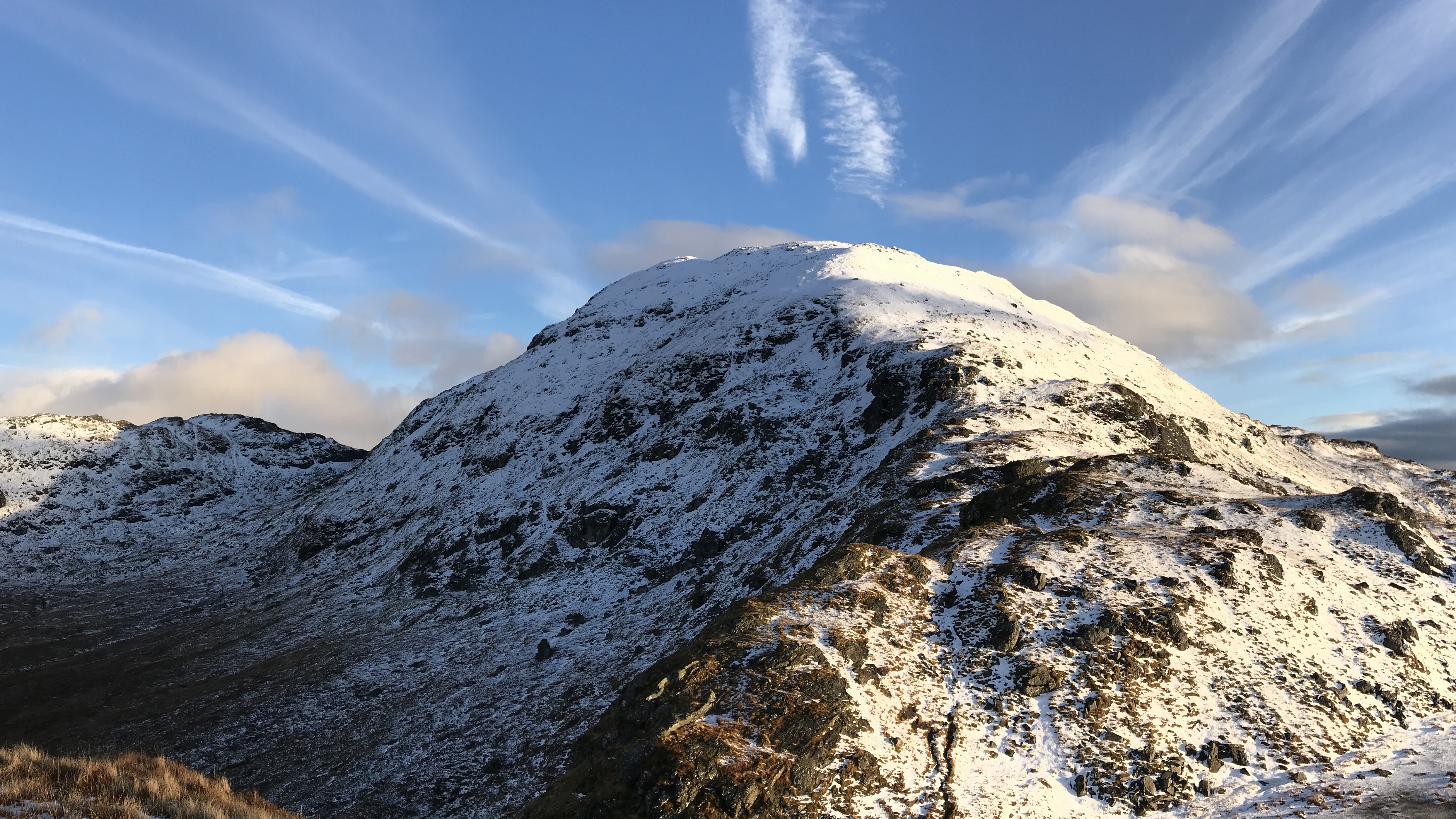
With both of these formulas, it’s well worth bearing in mind that several variables come into play that can impact your average hiking speed, including the terrain you’re hiking on, your fitness levels, the weather, your pack load (more on this in what size backpack do I need?), altitude, and, of course, the length of your trail.
Let’s take a quick look at how some of these variables might impact your pace:
Steep inclines: you can expect to slow down by as much as 30% on sections of trail with more than a 12° gradient. If your basic hiking speed on flat terrain is 3 mph, therefore, you should expect it to drop to closer to 2 mph
Pack weight: the general rule of thumb is that you should expect your pace to slow down around ten seconds per mile for every 1% of your bodyweight you are carrying. For example, if you weigh 200 pounds and your pack weighs 20 pounds, then you will be roughly 100 seconds slower per mile. On a ten-mile hike, then, a 20-pound load will add around 16 minutes to your trip time.
Fitness level: if you are accustomed to shorter hikes, your pace is likely to taper off later in the day on longer hikes, usually to the tune of around 5% per mile beyond your usual “comfort zone” mileage-wise
Trail conditions: the difference between your hiking speed on well-maintained trails and off-trail can be significant, with the latter slowing your pace by up to 50%, depending on just how rugged or challenging the terrain is.
Use a GPS device or phone app
GPS watches, such as a Garmin, Coros, Apple Watch or Suunto, and handheld units might deal a bit of a deadly blow to your bank account, but these offer the most accurate way to measure your average hiking speed by a longshot. The best GPS watches and handheld units provide you with a wealth of data that can be accessed both while you hike and when you’ve returned to civilization, detailing not only your average hiking speed but also your slowest and fastest speed, the time taken for individual legs of your journey, the number of calories you burned, and your total ascent and descent. They create GPX files of your journey, allowing you to evaluate and share your adventure.
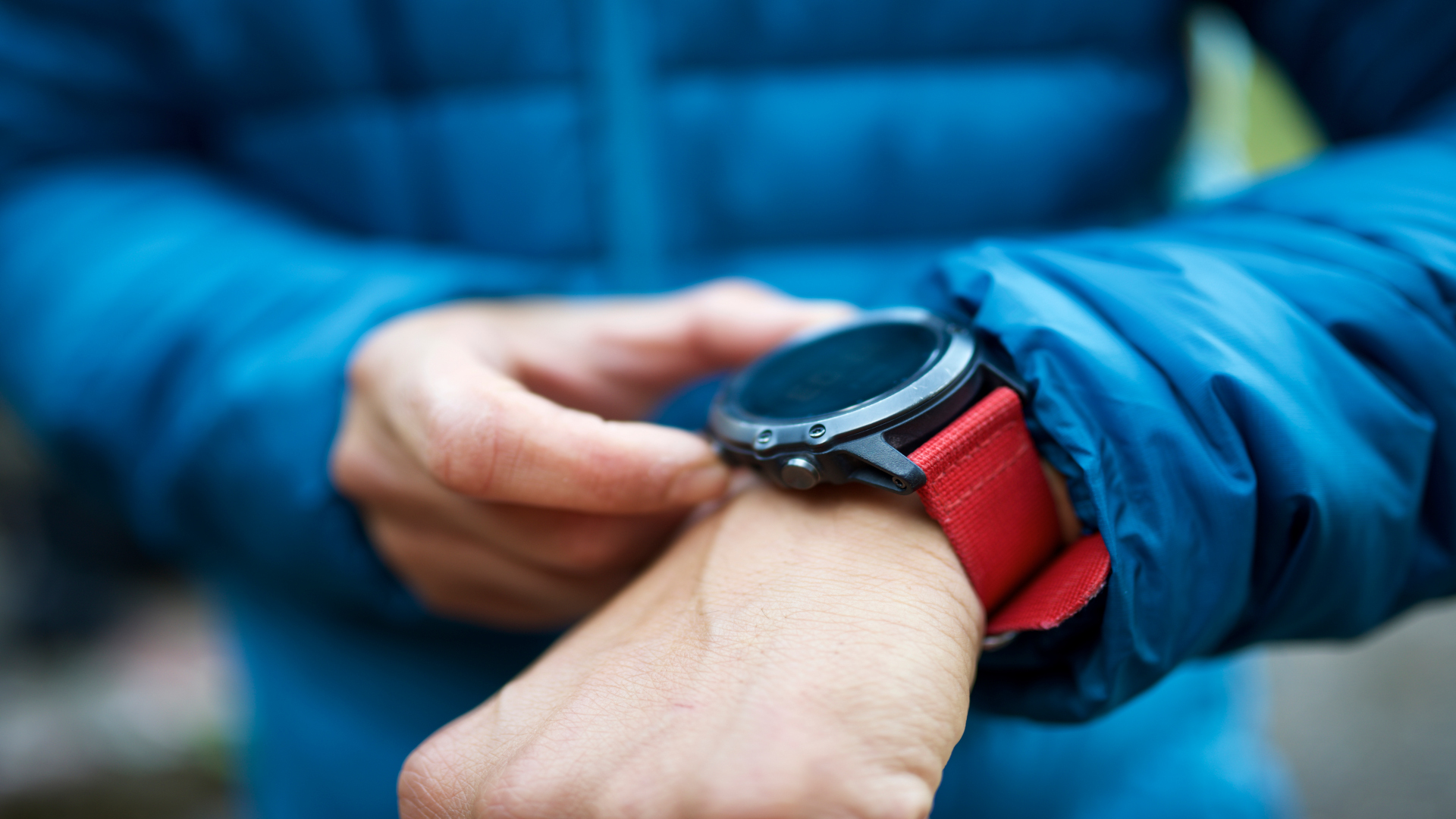
If you’re not enthused about splashing the cash on one of the best GPS watches or a GPS unit, cell phone apps offer a great low-cost alternative. The best navigation apps for calculating your average hiking speed – and much more besides this – include Komoot, Strava, and AllTrails, all of which can do just about everything a GPS can do and allow you to accumulate data from past hikes that will give you a better handle on how quickly you’ll be able to tackle future ones. The only downsides to using cellphone apps are the limited battery life of your phone, the burn on your data allowance, your phone’s lack of weather resistance and physical robustness, and the fact that apps are more prone to losing signal and data.

Former Advnture editor Kieran is a climber, mountaineer, and author who divides his time between the Italian Alps, the US, and his native Scotland.
He has climbed a handful of 6000ers in the Himalayas, 4000ers in the Alps, 14ers in the US, and loves nothing more than a good long-distance wander in the wilderness. He climbs when he should be writing, writes when he should be sleeping, has fun always.
Kieran is the author of 'Climbing the Walls', an exploration of the mental health benefits of climbing, mountaineering, and the great outdoors.
